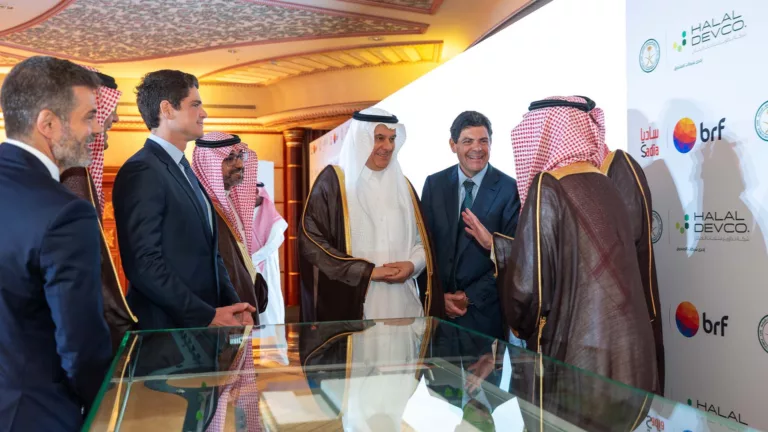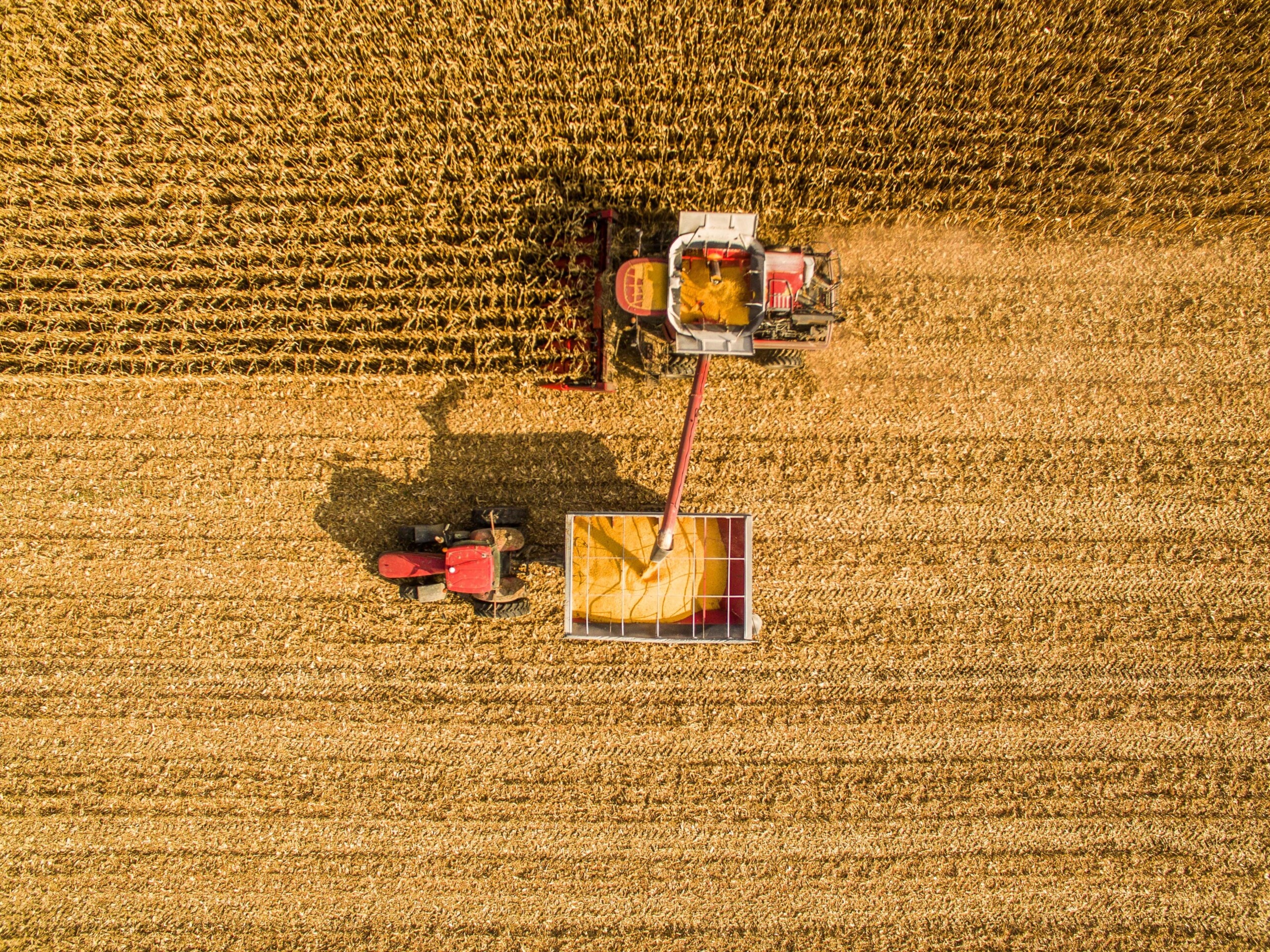
In a world increasingly concerned with climate change, there is no shortage of funds for regenerative agriculture. Foreign investors are eager for information on know how to invest in Brazilian projects that aim for more sustainable food production or the restoration of degraded areas. However, when it’s time to sign the check, certain barriers often halt the deal.
The analysis comes from banks, investment companies, and startups. According to them, what’s missing is connecting money owners to farmers through more efficient mechanisms that can facilitate financing for low-carbon agriculture. There are plenty of initiatives, and the bottlenecks are seen naturally as part of the maturing process of a new market.
“There’s significant interest from foreign investors in entering Brazil, as the country combines large-scale forest preservation, a vast area of degraded land, and a high capacity for productive expansion,” says Marcelo Pereti, CFO of Belterra Agroflorestas, a local startup focused on restoration projects. “But we need to connect the dots between what farmers need and what investors can do and might be willing to adjust.”
Foreign investors seek a lower operational risk for this kind of project, including some guarantees that are not always possible in the Brazilian reality. The pursuit for greater security can be addressed with instruments like blended finance — with philanthropy or low-return investments, according to Daniel Brandão, Director of Nature-Based Solutions at Vox Capital.

The mismatch between the minimum initial investment from institutional investors and the (low) scale of regenerative agriculture projects in Brazil is another obstacle. The amounts are too high for small projects.
“These investors usually have a minimum contribution of $20 million or $25 million, which is obviously great. But it’s difficult to start a project with a $20 million check,” says Pereti.
Investing in local funds that support regenerative agriculture projects could be a solution, but many institutional investors are not allowed to invest in fund-of-funds. Also, many of them do not want to enter a project alone, which ends up requiring syndication and increasing the complexity of the operation.
After attending last month the Brazil Climate Week, an annual event in New York to discuss global finance, the co-founder of the Brazilian organic egg producer Raiar, Luis Barbieri, left convinced that the problem isn’t in the financing instruments but in the scale. “We have many pilot projects, but we need to move towards a systemic vision,” he says.
The Government’s Role
Recent initiatives from the federal government aim to address some of these issues. To facilitate the entry of foreign capital into Brazil, the National Treasury launched the Eco Invest Program this year, a subsidized credit line directed to projects aimed at reducing emissions or mitigating the effects of climate change.
There are four sub-lines directed at national and foreign investors, including blended finance, project finance, and a liquidity line to mitigate the effects of exchange rate volatility. Access to the program will occur through an auction, with the first round scheduled for Friday (11).
“This is the kind of blended finance structure that helps reduce the cost of capital and increases the incentive for clients. We have a credit line that finances regenerative practices, and we are organizing to participate,” says João Fernandes, Head of ESG Agro at Itaú BBA.




